Sustainable travel is becoming increasingly important. If you are interested in sustainable air travel and learning more, read below!

What is Sustainability?
Sustainability means meeting our own needs without compromising the ability of future generations to meet their own needs. In addition to natural resources, we also need social and economic resources. Sustainability is not just environmentalism. Embedded in most definitions of sustainability we also find
concerns for social equity and economic development.

In the broadest sense, sustainability refers to the ability to maintain or support a process continuously over time. In business and policy contexts, sustainability seeks to prevent the depletion of natural or physical resources. By doing this, they will remain available for the long term.
Goal of Sustainability
Beyond preserving our natural world and resources, the ethos of sustainability and creating change can be infused into sustainable practices. While the UN’s 17 Sustainable Development Goals serve as an excellent framework, more can be done.
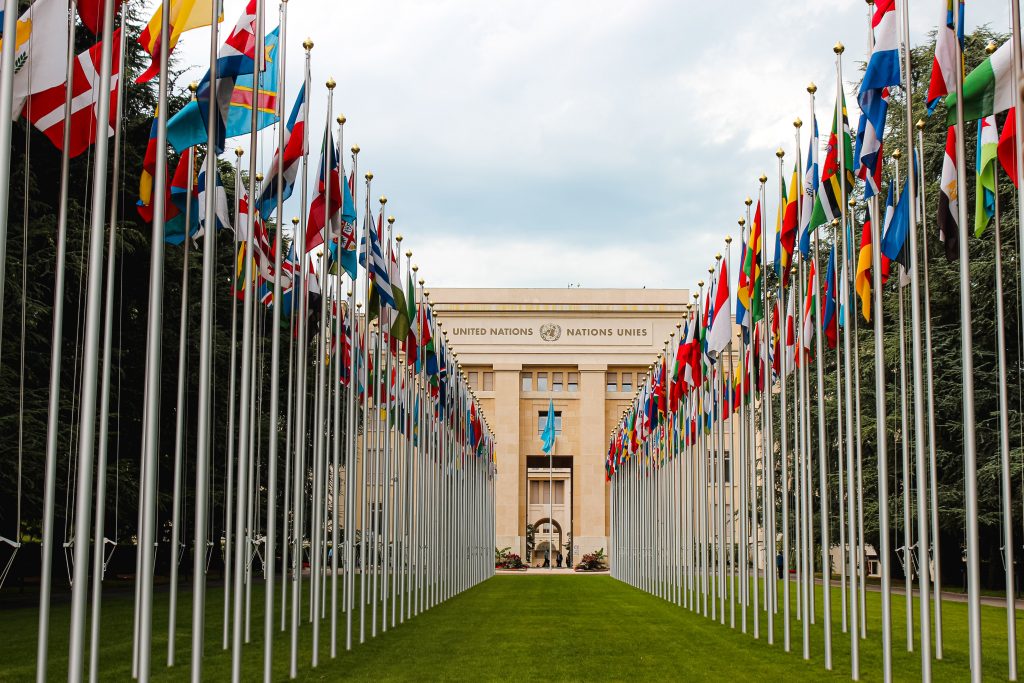
To truly work towards sustainable development requires continuous work. It also requires consistent collaboration from global businesses, government entities, non-profit organizations, and grassroots movements. On an individual level, learning about sustainability can make a world of difference.
Three Pillars of Sustainability
Sustainability has three main pillars in which to achieve its goals and focus its attention.
Environmental
Environmental sustainability focuses on the conservation of biodiversity without foregoing economic and social progress. The foundations of environmental sustainability are: safeguarding water, saving energy, reducing waste, using recyclable packaging. Furthermore, it also includes limiting or eliminating the use of plastics, using sustainable transport, reusing paper and protecting flora and fauna.
A great example of environmental sustainability is the Swedish city of Stockholm. It is commended for low emissions and for excellent air quality, with pollution levels well below average. The city has thus achieved a balance between economic development and environmental protection.
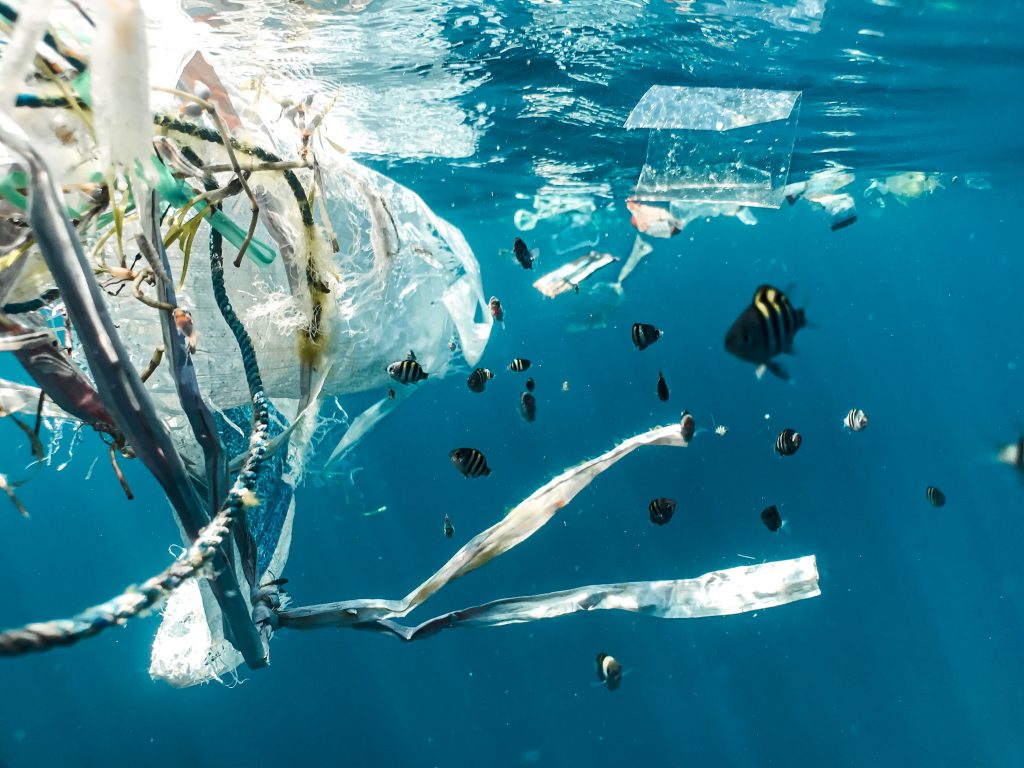
Another example is the Bimbo Group. This group aims to reduce its environmental impact through regenerative agriculture. Their strategy with zero carbon emissions, the use of renewable energies and the reduction of waste.
Economic
When a company is set up, a structure is created that involves expenses and revenues. Once a balance is struck between both factors, the company earns profit. Economic sustainability refers to the organisation’s ability to manage its resources and responsibly generate profits in the long term.
An example of this type of sustainability is the company Unilever. In the year 2010, they rolled out a strategy to achieve a balance between sustainability and the company’s economic performance. To do so, it implemented several measures, such as: increasing package recycling, promoting the use of recycled materials. Finally they also implemented responsible consumption awareness campaigns.

Likewise, we can also look to the case of the Suez company. This company’s Sustainable Development Report 2020 reveals that it has reduced its emissions related to electricity consumption by 95%. It achieved this by purchasing and generating renewable energy. It has implemented energy efficiency measures. Additionally, in terms of the conservation of natural habitats, some 81.5% of its facilities are free from pesticides and chemicals.
Social
We find three interconnected forms of sustainability: environmental, economic and social. However, social sustainability in particular has the goal of strengthening the cohesion and stability of specific social groups.
The company CEMEX, for example, is working to contribute to the social development of communities. Thus, the company offers decent housing – through self-building programs and loans with favorable access conditions – to those most in need.
The Gigante Group is another example. The Gigante Foundation contributes funds and resources to a range of social causes. These causes include school materials for collaborators, and grants to improve visual health.
Sustainable Travel
Airlines, hotel chains, and other travel industry sectors are increasingly looking for ways to add sustainability. Airlines are trying to reduce their emissions in several ways. The most common is switching from traditional fossil-derived jet fuels to ones made from renewable sources. Fuels with renewable sources have lower emissions during production. Airlines are also looking to new materials and coating technologies to make planes lighter, more aerodynamic. This makes planes more resistant to wear and tear. Meanwhile, a few airlines, such as United, think they can get to carbon neutrality while reintroducing supersonic flight
Airlines
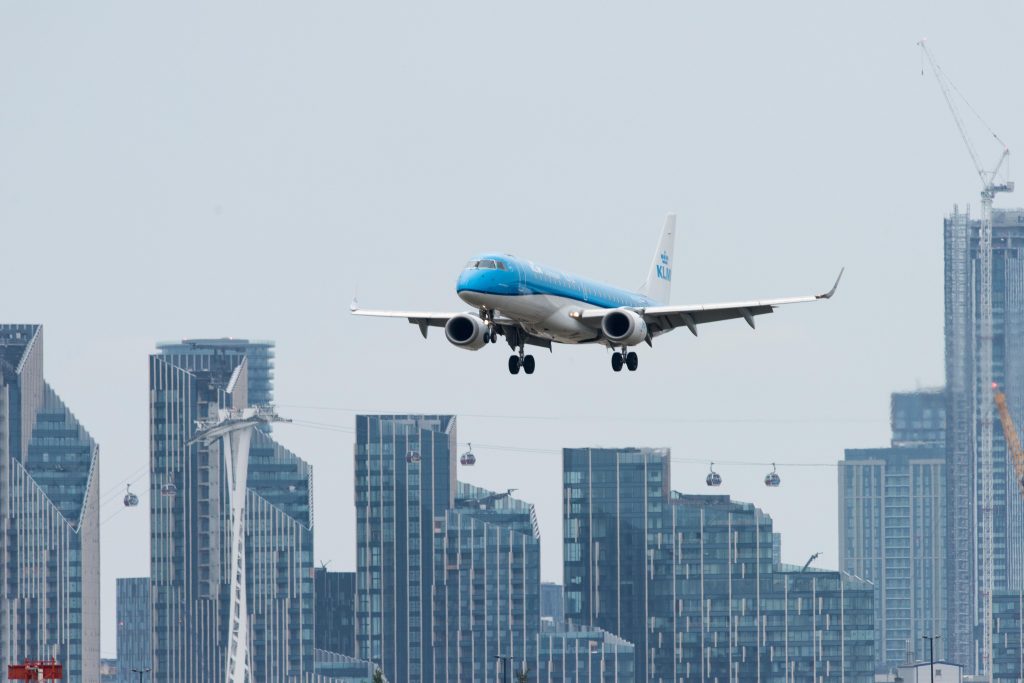
Delta Airlines
Delta is one of America’s 100 most sustainable companies – No. 27, to be precise – and the No. 1 U.S. airline, according to an in-depth Barron’s study. This study rated 1,000 companies in five key categories: shareholders, employees, customers, environment and community.
Delta has also been named on the FTSE4Good Index for four consecutive years. It was included in the Dow Jones Sustainability North America Index for eight consecutive years. Delta won an honorable mention in Fast Company’s 2019 World Changing Ideas Awards.
Cutting Emmissions
- Delta is speeding up its environmental sustainability efforts by replacing hundreds of aircraft over the next five years with more fuel efficient A321s, A220s and Boeing 737-900ERs.
- As part of Delta’s voluntary commitment to carbon-neutral growth, the airline has purchased almost 12 million carbon offsets since 2012.
- Delta’s new wireless IFE will help reduce carbon emissions through being lighter.

Eliminating Waste
- Removing single-use plastic like straws, stirrers and plastic wrappers will help eliminate an estimated 300,000lbs of plastic waste each year – equivalent to the weight of two 757s.
- Delta’s old uniforms have been up or down-cycled, in one of the biggest landfill diversion projects in U.S. history.
- Meanwhile, over 10 years Delta has recycled more than 3 million pounds of aluminum from onboard waste — equivalent to 22 Boeing 747s. The airline has used funds from the recycling program to build homes in partnership with Habitat for Humanity .
American Airlines
American has a number of longtime efforts aimed at reducing waste and increasing recycling on board our aircraft. Among them, American recycles an average of about 21,000 pounds of aluminum cans annually through our flight services. American is also taking steps to use more sustainable materials. In particular, to find ways to reduce single-use plastics — as part of our onboard products and meal service.
Since 2013, American has invested more than $24 billion in modernizing their fleet. It has acquired more than 600 new aircraft. Over the same period, they retired 670 older, less fuel-efficient planes through the end of 2021. The result: American has the youngest mainline fleet among U.S. network carriers, with an average age of 11.3 years old. At the end of 2021, 55% of American’s mainline fleet was 10 years old or less.
New Fleet
New aircraft, such as the Boeing 787 Dreamliner, Boeing 737 MAX, Airbus A321neo, are now part of the American fleet. They incorporate the latest technologies in engine technologies. Approximately $3.6 billion, or 12% of revenue, stemmed from passengers flying on new aircraft. The Boeing 737 MAX 8 reduces fuel use and CO2 emissions by an additional 14%. It is one of today’s most fuel-efficient single-aisle airplanes. It demonstrates 20% better than the original 737 next generation aircraft when they first entered service. The Airbus A320neo family delivers 20% fuel savings and CO2 reduction compared to previous generation Airbus aircraft.
Lufthansa
It takes a lot more than carbon offsets for an airline to be truly sustainable. One of the most effective instruments for reducing carbon emissions is flying more modern and fuel-efficient aircraft. By 2030, Lufthansa will put at least 190 more sustainable aircraft into service.
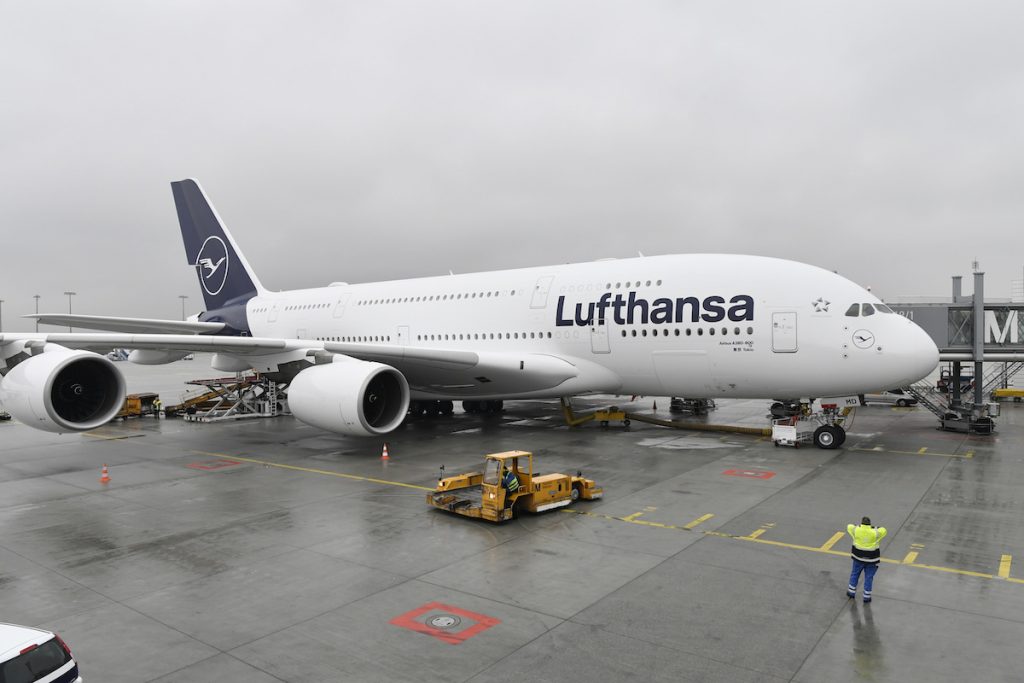
This reduces fuel consumption and CO₂-emissions by up to 30 percent compared to their respective predecessors. Measures for the technical modification of the existing fleet to increase ecological and economic efficiency include equipping aircraft with fuel-saving technology. AeroSHARK is a thin bionic film applied to an aircraft’s which optimizes airflow. In turn, fuel consumption and carbon emission, and noise are reduced.
Sustainable Fuel
For years, Lufthansa has been one of the largest purchasers of Sustainable Aviation Fuel (SAF). This an umbrella term for all aviation fuels produced using sustainable alternatives rather than using fossil energy sources. The brand is also actively committed to several projects. These projects include developing production methods that will allow this sustainable alternative to be available on a large, global scale.
One example is that Lufthansa is a partner and pilot customer of one of the world’s first plants for the production of Power-to-Liquid crude oil, created using renewably, generated electricity, water, and CO₂ captured from the atmosphere. In addition, Lufthansa Group and SWISS concluded a strategic collaboration with ETH Zurich spinoff Synhelion. This endeavor is aimed at Solar aviation fuel. They hope to market and become the first customer for the solar kerosene soon.
Waste Reduction
Lufthansa continuously aims to make the in-flight experience more sustainable by avoiding single-use plastic. They also develope sustainable designs of its airlines’ onboard products. A large proportion of the fresh products from their food program, Onboard Delights, are packaged in PaperWise material. The material is made from agricultural waste material and produced using 100-percent renewable energy. The company even won a German Design Award 2022 in the category of “Excellent Communications Design – Packaging” for the packaging of its new food offering. Lufthansa Group aims to remove or replace single-use plastic parts onboard with sustainable alternatives.
Jet Blue
In July 2020, JetBlue became the first US airline to offset the CO2 emissions from jet fuel for all domestic flights. All of JetBlue’s purchased carbon offsets are audited, verified and retired on the airline’s behalf from its three expert carbon offsetting partners Carbonfund.org, EcoAct, and South Pole.
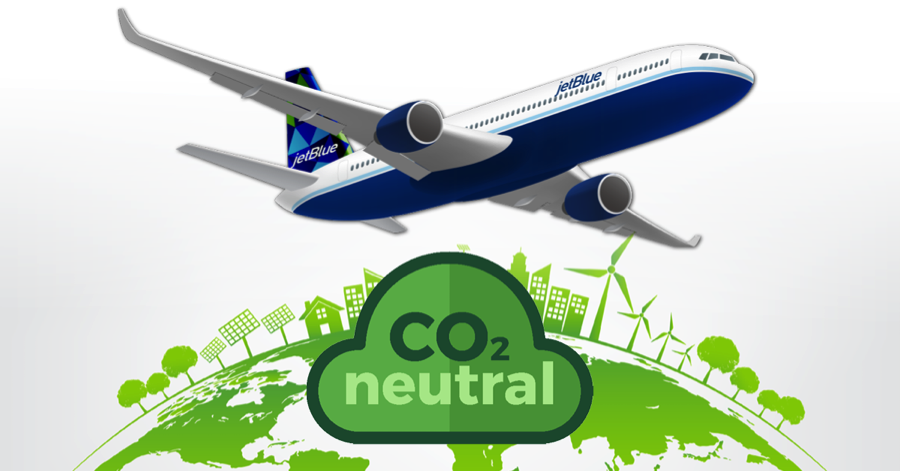
As part of its offsetting portfolio, JetBlue selects projects around the globe focused on forestry, landfill gas capture, solar, and wind projects that reduce or avoid CO2 emissions. As Sustainable Travel Partners, JetBlue’s customers can benefit from enhanced reporting on our complimentary carbon offsets. They can also review opportunities to expand offsetting utilizing JetBlue’s offsetting expertise and business partners.
Decarbonization
JetBlue is taking bold steps to address its emissions and reduce its contribution to climate change. In 2020, JetBlue became the first US airline to voluntarily offset CO2 emissions on all its domestic flights. To date, the airline has offset more than 6 million metric tons of CO2. Upon launching this initiative, JetBlue has been very transparent that it views carbon offsetting as a short-term solution. This is an interim solution while the industry builds up lower-carbon solutions.
The airline has therefore been very aggressive in growing solutions that have a more direct reduction in air travel emissions, such as making large commitments to the purchase of SAF. JetBlue recently shared plans to speed up its transition to SAF with a deal that will bring 67 million gallons of SAF a year to the Northeast over 10 years, putting the airline well ahead of pace to reach its target to convert 10 percent of its total fuel usage to SAF on a blended basis by 2030.
While JetBlue views SAF and carbon offsetting as promising solutions in addressing aircraft emissions, these are just two pieces of JetBlue’s larger decarbonization strategy, which currently also includes aircraft efficiency, fuel optimization, electric ground operations and technology partnerships.
Alaska Airlines and Social Sustainability
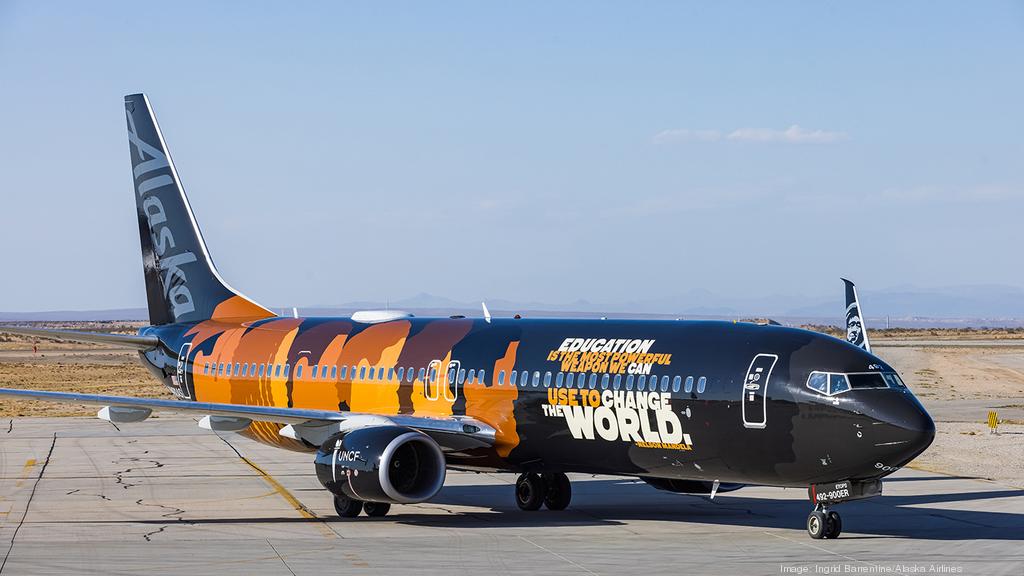
At Alaska, they believe every person deserves respect regardless of race, ethnicity, capability, age, gender or sexual orientation; we believe that aviation can enable opportunity; and they are committed to advancing equity in all forms, with an initial focus on racial equity. In order to advance diversity, equity and inclusion (DEI) for their company and industry, in 2021, Alaska set specific and measurable goals to deliver on our commitments to racial equity.
- Increase racial diversity at all levels of the company to at least 30%, so that leadership at least reflects the diversity of our full employee group;
- Increase our company’s “Inclusion Index Score” in our employee engagement survey by 10 points; and
- Engage 175,000 young people around education, opportunity, and career pathways, focusing on developing BIPOC talent.
Hotels
One of the biggest considerations of any vacation is where you stay once you arrive at your destination. While you typically take into account a number of factors when choosing your hotel, from brand loyalty to location to price, a truly eco-friendly hotel requires an additional consideration. It’s important to evaluate hotels on their sustainable practices.
Hilton Hotels
This big hotel chain is making a big impact on the environment – in a good way. Their dedication to sustainable initiatives has resulted in a 10% reduction in water waste and 20% reduction in waste production in the last few years. They’ve also worked hard to generate sustainable energy on their properties, and they’ve been wildly successful. In fact, 94% of Hilton’s energy is green energy! Hilton hotels are also at the forefront of recycling and waste-reduction in other areas. They recycle mattresses and help to recycle partially used soap, and they also donate uneaten food to local food banks.

Marriott Hotels
Another hotel chain that focuses on the reduction of waste and the use of sustainable materials is Marriott. Their efforts have resulted in a 12% reduction in greenhouse gas emissions, a 13% decrease in water use, and an 11% reduction in energy use from 2014 to 2015. They even created uniforms for their employees that are made from plastic water bottles! Many of their hotels also feature green roofs, which reduce heating and cooling costs and contribute to making more oxygen in urban environments. When it comes to dining, they’ve also on the forefront – they grow a good portion of their produce on site at select hotels!

Wyndham Hotels and Resorts
The company motto, “committed to doing what’s right”, drives the Wyndham Hotels & Resorts. Their Count on Me culture means that they operate best practices in water conservation, waste diversion, and the responsible use of energy. Some noteworthy examples of their green initiatives include using energy-efficient lighting. They also installed air sealing their properties and irrigation controls for landscaping. Wyndham minimized single-use plastics (like water bottles, for example). The company remained committed to sustainability actions throughout the COVID-19 pandemic. It anticipates sustainable travel to be a major trend in our new reality.

Intercontinental Hotel Group (IHG)
With a truly global presence, the IHG Hotels & Resorts have placed sustainability as a core value of their business. All of the hotels in their portfolio are subject to the IHG Green Engage™ system, where each establishment is able to measure and manage its impact on the environment. IHG hotels are able to choose from a number of green solutions to help them reduce energy usage, track consumption data, focus on sustainable purchasing, or install energy-efficient appliances, to name a few. Hotels are ranked on 4 levels according to their sustainability efforts.

Why Sustainability Matters to Hotels
According to the United Nations World Tourism Organization, hotels are accountable for one percent of global emissions. This number will continue to rise as hotel demand increases. Implementing sustainability initiatives in hotels is so important to mitigate this negative impact.
Beyond the importance of hotels reducing their impact on the environment, sustainability measures also pose an important strategy for attracting new clients. According to a sustainability report by Booking.com, 68% of clients are interested in searching out eco-friendly hotels. 87% of travelers worldwide state that they want to travel sustainably.
Furthermore, sustainability in the hotel sector is important to create a connection with the local population. While at the same time protecting the surrounding natural environment and biodiversity. Giving this local touch to a hotel experience helps distinguish a hotel from other hotels. It also helps provide high-quality experiences and contributes to creating an individual identity for a hotel.
Sustainable Travel Practices
Although the travel industry is becoming more sustainable, there are things you can do as an individual traveler to help.
Limit Energy Use and Conserve Water
Long, steamy showers are the perfect way to scrub off a long day of travel but hurt they environment. The staggering amount of both energy and water used by travelers negatively impacts locals much more than most travelers realize. “Two billion people around the world don’t have clean running water,” says Nicolas Douillet of the UN Development Program.

“Turning off the tap when you brush your teeth, reusing towels, and taking short showers isn’t just… it’s pure common sense.” Bruno Correa, founder of sustainable tourism association Bee + Hive, believes travelers can demand more of their host destinations and hotels when it comes to water . “In a developing country, a village of 700 uses an average of 500 liters of water per month, while a luxury hotel guest uses 1,800 liters per night,” says Correa. “Ask your hotel about their approach to water conservation and what you can do to minimize your impact; it should be much more than washing less towels.”
Reduce Food and Plastic Waste
According to a 2017 study by Science Advances, only 9 percent of plastic is recycled. In the last six decades, nearly 8.3 billion metric tons of plastic was produced. If those trends continue, the number will spike to 12 billion by 2050. When packing for road trips, consider food options like Patagonia Provisions. Goods like beef jerky and wild salmon are portable and packed in recyclable containers. The brand exists to find solutions to climate change through food.
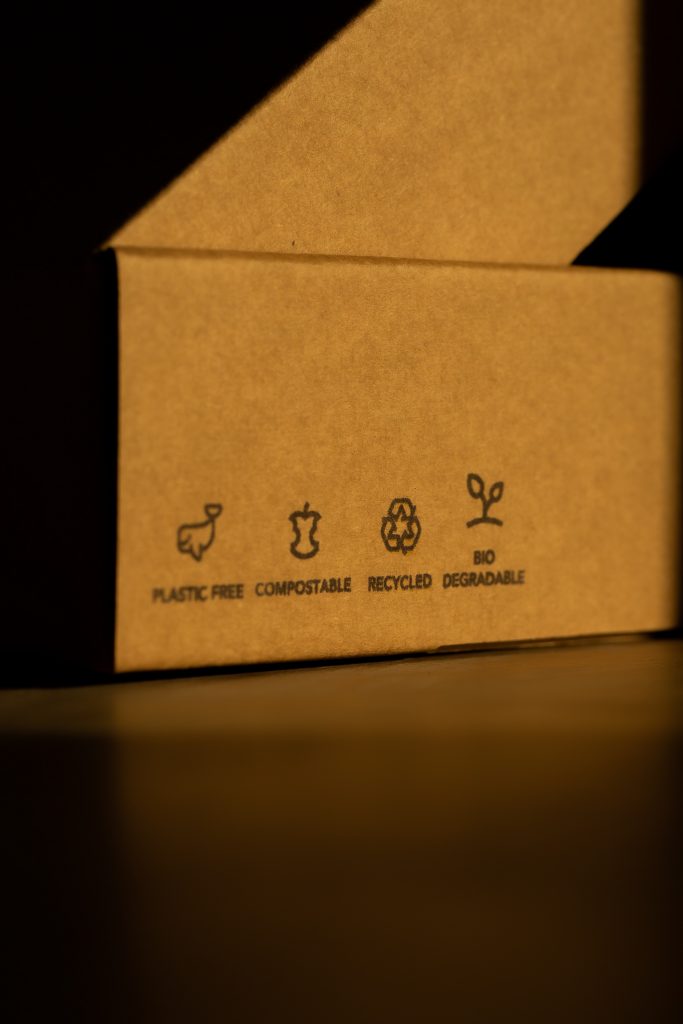
Countries like South Africa and Ethiopia ban or tax plastic bags. Meanwhile Kenya makes it illegal to produce, sell, or use them entirely. Of all plastic waste, single-use bottles may be the most harmful. The Adventure Travel Trade Association partnered with Travelers Against Plastic concluded adventure travelers use almost 30,000 single-use plastic water bottles per year. “Reducing plastic waste while traveling is critical,” says CEO Shannon Stowell. “Plastic often ends up in nature, poisoning the environment… but we can greatly reduce the waste being generated.”
Support Local Economies
The World Tourism Organization reports that, of each $100 spent during a trip, only $5 benefits the destination. This means there’s a tremendous missed opportunity for travel to support local economies. Intrepid Trave, works to ensure tourism dollars go direct to communities instead of big-chain businesses. Other companies make an effort to provide environmentally-conscious activities. REI Adventures’ low-impact hiking, and DuVine Cycling + Adventure Co.’s biking itineraries, which strike the perfect balance of exploration and immersion. As CEO Andy Levine sums it up, “A bike takes you deep into the countryside, reaches remote villages, and travels on the level of local people. But best of all, the environmental impact of a bike is zero.”
